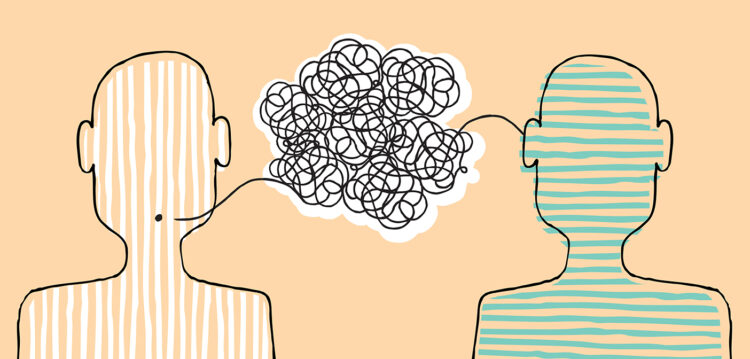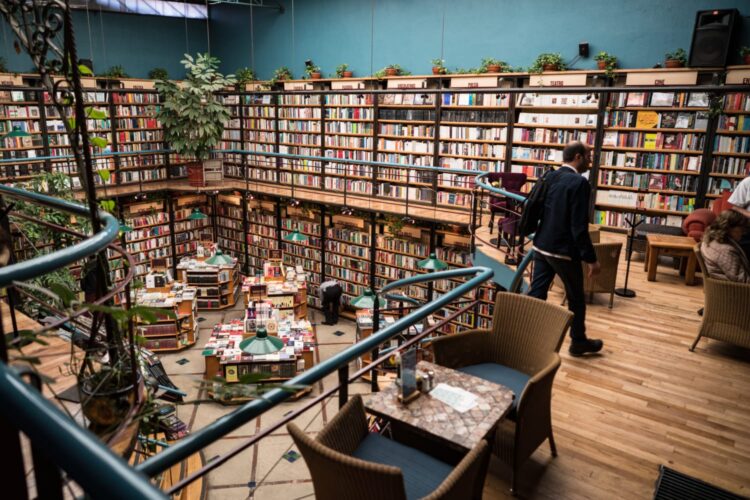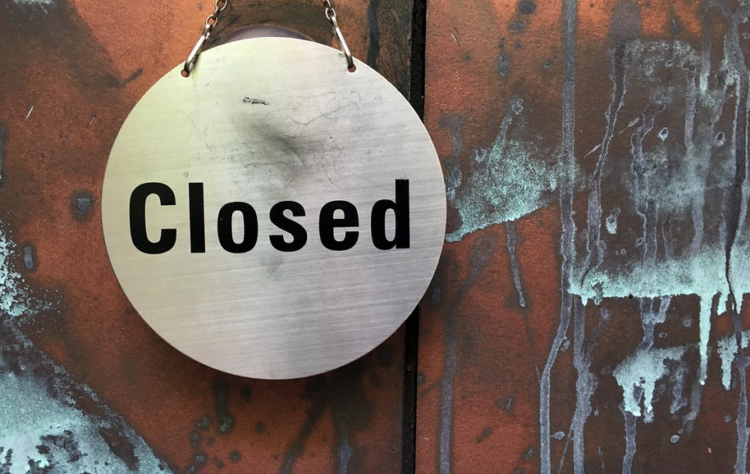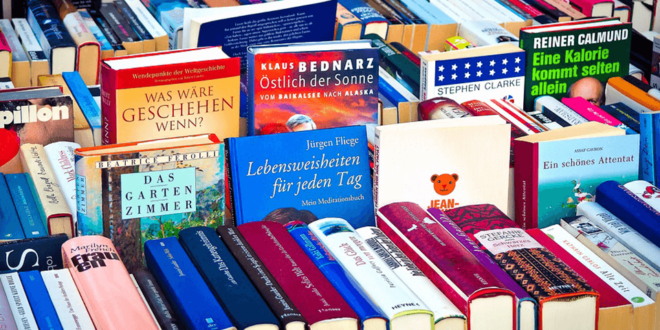Human need for the written word and reading stretches back thousands of years. From the moment we as a species discovered writing and started documenting history, nothing was ever the same. The ability to talk to each other in more ways than just verbally and to record what happens has helped transform society and paved way for modern understanding of literacy and languages. This was also the dawn of translation and being able to understand people from vastly different backgrounds, traditions, and beliefs. Fast forward thousands of years and into the 21st century, books and reading are as important as ever despite the many new technologies and solutions that are also available.
The publishing industry as a whole has not changed that much in its main goals and practices. While the printing of books is easier and much more straightforward than before, the general premise of buying books, trading them, collecting and reading them is still the same. Still however, there are certain challenges that have still not been completely overcome despite many new technologies being readily available. Luckily, new trends in the publishing industry aim to change that for the better as there are now many different things actively being done for more people to get involved in reading and research.
Publishing has seen unprecedented highs in recent years and especially the last decade thanks to smart technologies and more people than ever realizing how important books and knowledge are. In this article we explore the latest trends in the publishing industry as we talk about how it is being transformed and appropriated for the 21st century and beyond. Read on to find out more especially if you are interested in reading and consider yourself a bookworm.
Bridging the Language Barriers

The core essence of publishing books is to allow as many people as possible to read the works of authors and researchers and to understand their messages and views. It hardly matters what the field is or what genre it may be. As long as it is available, readable, and useful, it will find the audience it was meant for. However, one big problem exists with this, something that has actually been a problem for thousands of years. That of course is the language barrier. Bridging cultures and traditions and mixing of the cultures only became possible when people began to study each other’s languages. It is not possible to make any contact and learn anything if you cannot understand someone. In the modern times, the publishing industry is doing a lot to bridge the language barriers. There are now more languages into which works are being translated as well as many more countries where publishing houses pick up works that were not available before. Many solutions exist for those willing to be a part of this to make use of. From general translation and transcription of works to utilizing smart choices like mobile apps and desktop publishing, things are far better than they ever were. Making things understandable for almost 8 billion people and thousands of languages can only be done if the software behind the effort is optimized enough. A great example of something along these lines is AfroLingo whose mission is to allow the most diverse continent speak and understand the rest of the world on many different fronts.
Audiobooks and EBooks

The need for publishing is extremely high, that much has already been said. However, environmental efforts and advocating for green solutions ask for a more conscious approach and less paper being consumed. Combined with the immense importance of modern technologies and all sorts of software and hardware solutions we have at our disposal all the time, the popularity of reading using contemporary gadgets has skyrocketed. Audiobooks and EBooks are two of the best example of this, examples of consuming literary and science material while still supporting the publishing industry despite not needing actual physical books. Downloading the content or streaming it off the web are two main ways of doing so. Revenue on both audiobooks and ebooks is increasingly higher every year, so much so in fact that authors and publishers are releasing fewer and fewer books and turning more to digital releases and subscription streaming models. Another benefit is the fact that it is much easier to collect works in digital formats and have playlists online that it is to build home libraries.
Large Publishers and Bookstores

The time of small bookstores and small, independent publishers seems to continue trending downward. The model that dominates the publishing industry right now, and the one that has dominated in the recent years, includes larger publishers and bookstores taking most if not all of the market. There are only a handful of publishers per state or country these days, maybe half a dozen or even a dozen. Handling hundreds of authors and thousands of titles each year is not something everyone can do. Also, there is the need for proper websites and online stores for each publisher and/or bookstore that means serious business. This scale is simply not possible for smaller players on the market, which is why the big guys are only getting bigger. One of the trends this climate has also spawned includes bigger publishing houses having exclusive rights to certain authors as well as limited editions that cannot be found anywhere else.
Decline of Libraries

Because of the above-mentioned trend of big name publishers and bookstores dominating the industry, they have been at odds with libraries for years. This is especially true with public libraries that are no longer getting enough funding and books as they used to. The commercialization of books and the whole publishing industry has led to people buying more books than ever and borrowing or trading fewer than ever. Libraries are going out of business simply because it is so easy and affordable to buy new books and build home libraries, either digital or physical. Despite more books being sold on average because of how readily available they are is not really green, it is still the reality the industry is going towards. Libraries still have a lot to offer and they still have many copies of the same book, but fewer and fewer people are willing to support this model than buying their favorite titles.
 Hi Boox Popular Magazine 2024
Hi Boox Popular Magazine 2024



